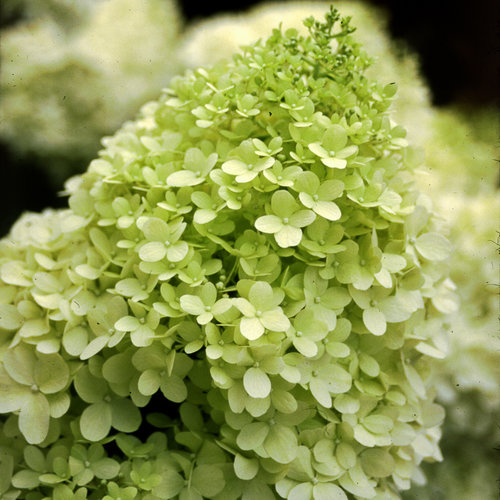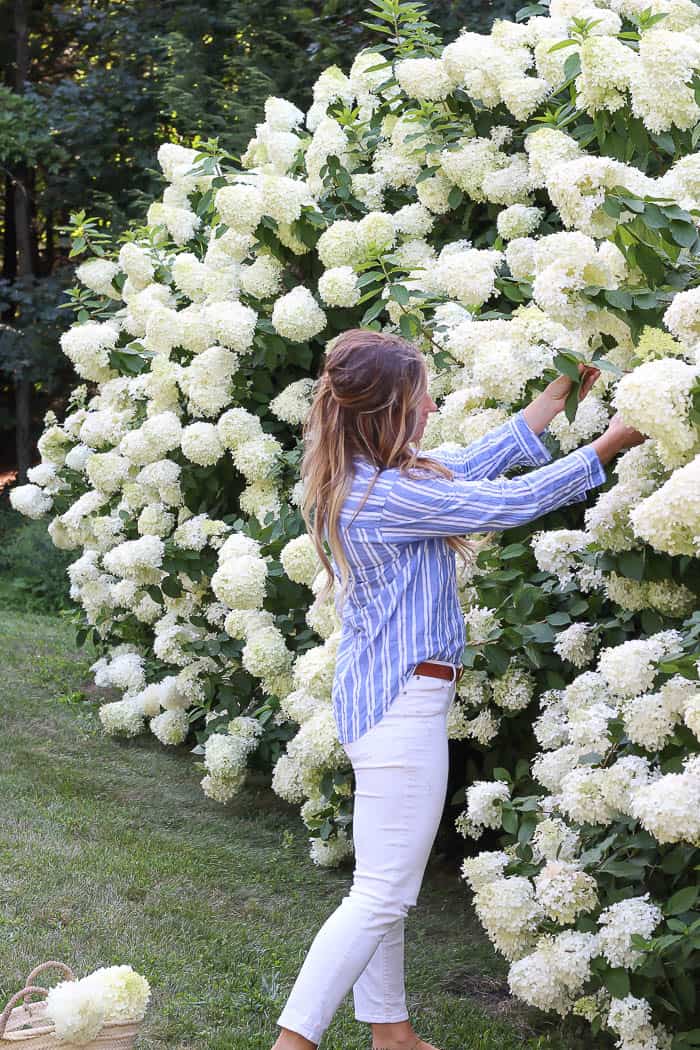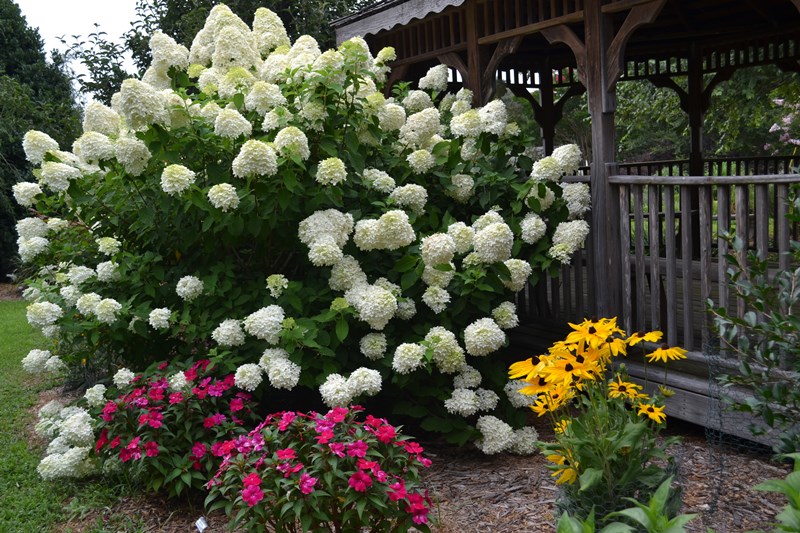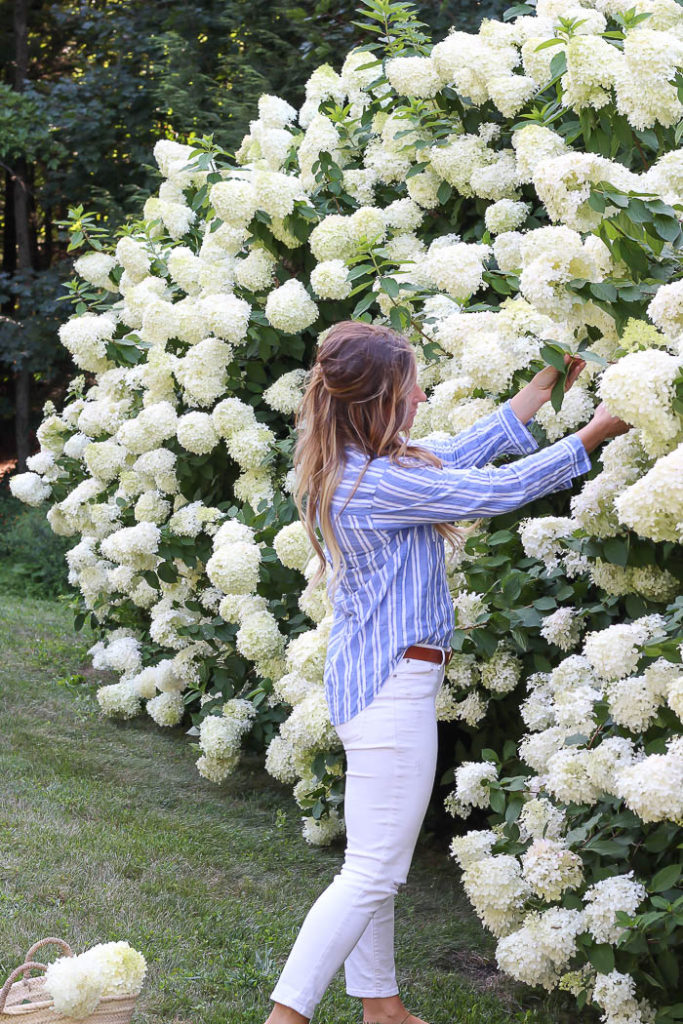Limetta Hydrangea: The Dwarf Annabelle Hydrangea That's
Limetta Hydrangea: The Dwarf Annabelle Hydrangea That's Taking the Garden World by Storm
If you're looking for a stunning hydrangea that's easy to care for and perfect for small spaces, then you need to check out Limetta hydrangea. This dwarf variety of the popular Annabelle hydrangea is known for its large, lime-green flowers that bloom from early summer to fall.
Limetta hydrangea is a compact shrub that only grows 3-4 feet tall, making it perfect for containers, borders, or even rock gardens. It's also very hardy, tolerating a wide range of climates and soil conditions.
In addition to its beautiful flowers, Limetta hydrangea is also a magnet for pollinators. Bees, butterflies, and hummingbirds all love to visit these plants, making them a great addition to any garden that's designed to attract wildlife.
If you're thinking about adding Limetta hydrangea to your garden, here are a few things you need to know:
- Limetta hydrangea prefers full sun, but it can tolerate some shade.
- It's a relatively low-maintenance plant, but it does benefit from regular watering.
- Limetta hydrangea is not as cold-hardy as some other hydrangeas, so it's best to plant it in a sheltered spot.
With its stunning flowers, compact size, and easy care, Limetta hydrangea is a great choice for any gardener. If you're looking for a beautiful and low-maintenance hydrangea, this is the one for you.
Main Content
Here are some of the things that make Limetta hydrangea so special:
- Large, lime-green flowers: Limetta hydrangea produces large, lime-green flowers that are sure to turn heads. The flowers bloom in early summer and can last for several months.
- Dwarf size: Limetta hydrangea is a dwarf variety of hydrangea, which means it only grows 3-4 feet tall. This makes it perfect for small gardens or containers.
- Easy care: Limetta hydrangea is a relatively easy-care plant. It prefers full sun but can tolerate some shade. It also does not require a lot of water.
- Attracts pollinators: Limetta hydrangea is a magnet for pollinators, such as bees, butterflies, and hummingbirds. This makes it a great choice for gardens that are designed to attract wildlife.
Here are some tips for growing Limetta hydrangea:
- Plant Limetta hydrangea in full sun or partial shade.
- Water Limetta hydrangea regularly, especially during hot, dry weather.
- Fertilize Limetta hydrangea once a year in the spring.
- Prune Limetta hydrangea in the spring to remove dead or damaged branches.
Conclusion
Limetta hydrangea is a beautiful and easy-care plant that is perfect for small gardens or containers. It is also a great choice for gardens that are designed to attract pollinators. If you are looking for a stunning hydrangea that is low-maintenance, then Limetta hydrangea is the perfect choice for you.
Limetta hydrangea is a beautiful and versatile shrub that is perfect for adding a touch of elegance to any garden. It is a dwarf version of the world-famous Annabelle hydrangea, and it produces large, white flower heads that bloom from late spring to early fall. Limetta hydrangea is also relatively easy to care for, making it a great choice for even the most novice gardener.
If you are interested in learning more about limetta hydrangea, I recommend visiting the website . This website provides a wealth of information about the plant, including its history, care requirements, and varieties. You can also find photos and videos of limetta hydrangea in bloom, which will give you a better idea of what this beautiful shrub looks like.
FAQ of limetta hydrangea
Question 1: What are the light requirements for Limetta hydrangea?
Answer: Limetta hydrangeas need at least 6 hours of sunlight per day to produce their best blooms. In hot climates, afternoon shade is beneficial, but some sun is still recommended.
Question 2: What is the best soil for Limetta hydrangea?
Answer: Limetta hydrangeas prefer well-drained soil that is slightly acidic to neutral. They will not do well in soils that are too wet or too alkaline.
Question 3: How often should I water Limetta hydrangea?
Answer: Limetta hydrangeas need regular watering, especially during the summer months. Water deeply, so that the water reaches the roots. Allow the soil to dry out slightly between waterings.
Question 4: How do I prune Limetta hydrangea?
Answer: Limetta hydrangeas should be pruned in early spring, just as the new growth begins to emerge. Remove any dead or diseased wood, and cut back the entire plant by about one-third its total height. This will help to encourage new growth and abundant blooms.
Question 5: Does lime affect Limetta hydrangea?
Answer: Lime does not affect Limetta hydrangea in the same way that it affects other types of hydrangeas. Limetta hydrangeas will not change color based on the acidity of the soil. However, lime can help to improve the drainage of the soil, which is beneficial for Limetta hydrangeas.
Image of limetta hydrangea
5 different images of "limetta hydrangea" from Pinterest:
This is a popular variety of limetta hydrangea that is known for its large, showy blooms. The flowers are a bright lime green color when they first open, and then they gradually fade to a soft pink. Limelight hydrangeas are hardy in zones 3-9, and they can grow up to 6 feet tall.

Limelight hydrangeas can also be grown in containers. If you choose to grow them in a pot, make sure to choose a pot that is at least 18 inches in diameter. Limelight hydrangeas in containers will need to be watered more frequently than those that are planted in the ground.
Limelight hydrangeas can be paired with other plants to create a beautiful and colorful garden. Some good companion plants for limelight hydrangeas include hostas, ferns, and azaleas.
Limelight hydrangeas are at their most beautiful when they are in full bloom. The flowers are so large and abundant that they can completely cover the plant.
Limelight hydrangeas also change color in the fall. The flowers will start to turn a soft pink, and then they will eventually turn red.





Post a Comment for "Limetta Hydrangea: The Dwarf Annabelle Hydrangea That's"